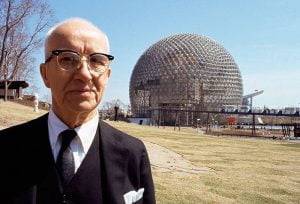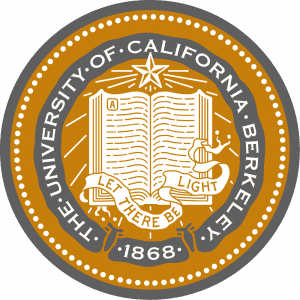What are Carbon 60 Fullerenes?
Carbon 60 fullerenes, often simply referred to as C60, are molecules composed entirely of carbon atoms arranged in a unique structure called a fullerene. Discovered in 1985 by a team of scientists led by Sir Harry Kroto, Robert Curl, and Richard Smalley, C60 is a member of the fullerene family, which includes other carbon molecules with similar structures.
Key features of carbon 60 fullerenes include:
- Structure: C60 has a spherical structure resembling a soccer ball, consisting of 60 carbon atoms arranged in hexagons and pentagons. It is also known as a buckyball, named after Buckminster Fuller, an architect who designed geodesic domes similar in appearance to C60.
- Stability: Carbon 60 fullerenes are known for their remarkable stability. The structure is robust, and C60 molecules can withstand high temperatures and pressures.
- Electrical Conductivity: C60 exhibits good electrical conductivity, making it interesting for applications in electronics and materials science.
- Discovery: The discovery of C60 marked a significant milestone in the field of chemistry and materials science, leading to the Nobel Prize in Chemistry in 1996 for the scientists involved in its discovery.
- Potential Applications: C60 has been explored for various potential applications, including in medicine, materials science, nanotechnology, and electronics. It has antioxidant properties, and researchers have investigated its use in drug delivery systems and as a component in innovative materials.
While C60 fullerenes have shown promise in research, it’s important to note that the full extent of their potential applications and any associated health benefits is still an area of active exploration. The unique properties of C60 continue to inspire scientific curiosity and innovation in multiple fields.
- Also known as the abbreviation, C60
- One of the allotropic forms of carbon
- Discovered by Rice University researchers in 1985
Prior to the discovery of C60, there were only 2 types of allotropic carbon found in nature: diamond and graphite. C60 was added to the list in the mid-1980s.
The Go-To Source for Fullerenes
SES Research is the go-to source for fullerenes. Our product is pure and high quality. We’ve been providing fullerenes to clients since the summer of 1990. We manufacture them for many commercial clients, including some marketplace competitors. If you want it from the source, buy from SES Research. Contact us at 713-686-9662 or online for more information!

The Origins of C60 Fullerenes
The material’s namesake dates back to 1985, when Richard Buckminster Fuller created the geodesic dome. Fuller was considered a pioneer due to his revolutionary work in construction, public service, and technology. He consistently worked on projects meant to improve the overall human condition. His geodesic dome was no exception. It was meant to make shelter more affordable, comfortable, and efficient for people of all economic backgrounds.
This architectural construction looked similar to the Carbon Fullerene sphere C60 in its natural state; thus, the “fuller”ene was born. Following that discovery, another new carbon structure was found: Carbon Nanotubes! These nanotubes are seamless cylinders of hexagonal carbon networks, or tubes, formed either as a singlewall molecule or multiwalled molecules.
Fullerene – A molecule of carbon in the form of a hollow sphere, ellipsoid, tube, and many other different shapes.
We’ve Supplied Many Leading Universities and Organizations






Uses and Application
Carbon fullerenes are spherical, caged molecules with carbon atoms located at the corner of the polyhedral structure consisting of pentagons and hexagons. They are shaped like soccer balls!
Primarily used to enhance conduction, fullerenes – also referred to as buckyballs – are used for a myriad of purposes. Examples include:
- Photo detectors and voltaics
- Polymer electronics and additives
- Antioxidants and biopharmaceuticals
- Bioscience research
- Safety products
- Chemical storage
- Health and public service
The Many Forms of Carbon Fullerenes
- Carbon 60 (most abundant form, soccer ball shape)
- Carbon 70 (rugby ball shape)
- Carbon 84 (spherical shape)
These materials and other modified Fullerenes derivatives are available from SES Research and are commonly shipped worldwide. You can now buy fullerenes and nanotubes here at SES Research.
We have worked with industry-leading research labs and institutions such as MIT, Rice University, IFW Dresden EV, the University of Texas, UC Berkley, I.E. DuPont, and more.
Contact us by calling 713-686-9662!

Recent Research:






